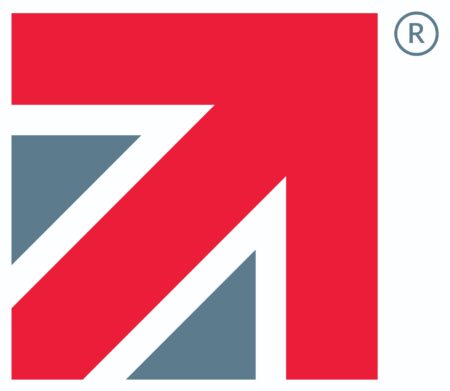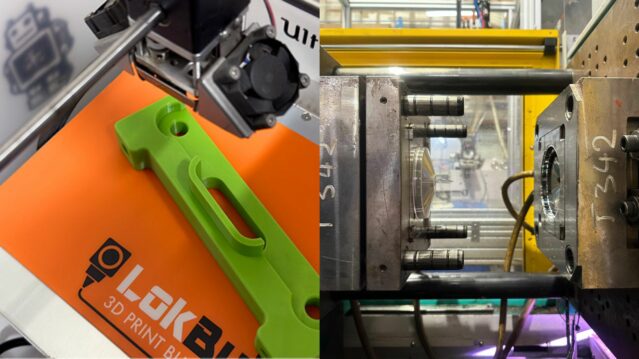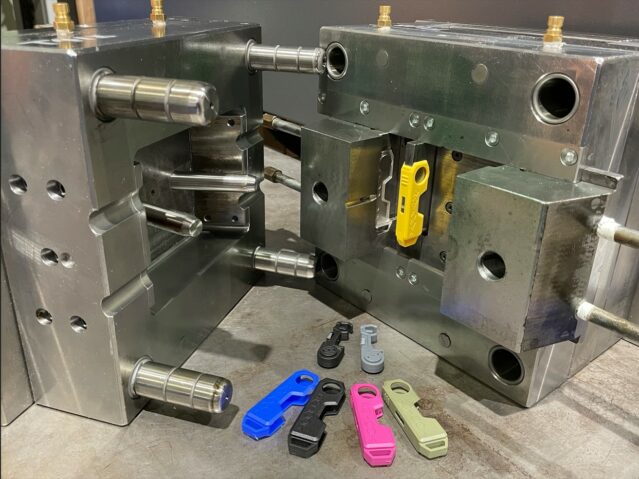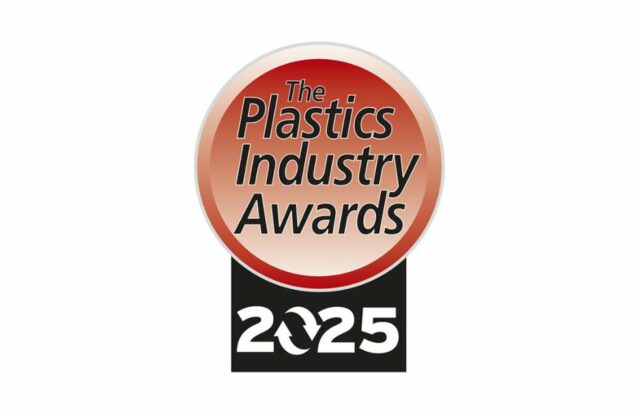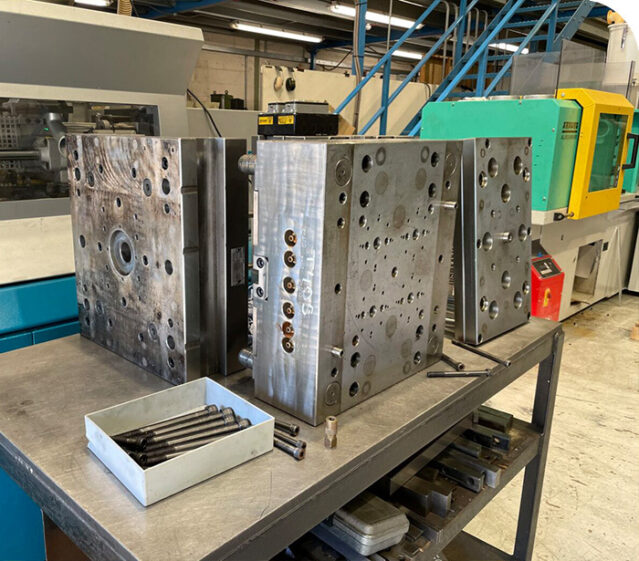19/03/2025
What is the difference between 3D printing and plastic injection moulding?
Injection moulding is a common manufacturing process for producing plastic products. It’s a popular method for its efficiency and cost-effectiveness, allowing businesses to create large quantities with high precision and quality. However, as technology advances, alternative methods such as 3D printing have gained attention.
Both injection moulding and 3D printing are used in the plastic manufacturing process but can differ greatly when it comes to application and production time. In this post, we’ll explore the strengths and limitations of each method to help you make an informed decision for your next production project.
What is 3D printing?
Also known as ‘additive manufacturing’, 3D printing generally involves layering thin strands of material to gradually build up a final product. It has gained popularity over the last few years due to its versatility, prototyping capabilities, and uses for low-volume production.
Key advantages of 3D printing
3D printing has a wide range of benefits for smaller-scale production projects, or experimenting with prototype parts.
Quick prototypes
3D printing is well-known for its ability to produce prototypes quickly. This not only helps to speed up the product development process but can make it easier to carry out design tweaks and changes along the way that are not always apparent on a computer screen. By using a 3D printer, you can make design adjustments quickly and without incurring steep costs.
Low-volume production
3D printing can sometimes be a more cost-effective option than injection moulding if you’re looking at small-scale production (less than a thousand parts). Since there is no need for expensive moulds or tooling, businesses can manufacture niche or customised products without a significant upfront investment.
Customisation and flexibility
One of the biggest advantages of 3D printing is the ability to create customised designs. This makes it ideal for prototyping, bespoke manufacturing and industries that require frequent design adjustments.
Limitations of 3D printing
Whilst there are some great advantages to 3D printing, it can sometimes lack the versatility and scope for larger scale manufacturing.
Speed
3D printing is often slower than other methods for production runs, especially for large or complex parts, but it is certainly faster when there are no pre-existing mould tools available.
Material limitations
The range of available materials is more limited than injection moulding, and some printed parts may lack the strength and durability of moulded components.
Long-term cost
The per-unit cost remains relatively high compared to injection moulding, making it expensive for scaling up production.
Surface finish
Printed parts may have visible layer lines and require post-processing for a smoother appearance.
Energy consumption
Some 3D printing processes require significant energy, which can impact sustainability.
What is injection moulding?
Plastic injection moulding is a traditional manufacturing technique that involves injecting molten plastic into a mould cavity. The plastic hardens into the desired shape once cooled. This process is often used for mass production due to its efficiency, consistent results, and cost-effectiveness for large runs.
Key advantages of injection moulding
Although injection moulding is the less modern technique of the two, it is a reliable, versatile method with plenty of applications.
High-speed, high-volume production
Injection moulding is the preferred method for mass production. It allows businesses to create thousands, millions or more of identical parts with brilliant precision in a short timeframe. Automotive, medical and consumer goods industries rely on this process to meet demanding projects with rapid timeframes.
Cost efficiency in larger batches
While initial investment and setup costs for moulds and tooling can be large, injection moulding becomes greatly economical for production runs. The per-unit cost significantly decreases as production volume increases, making it the most cost-effective option for in-demand products.
Superior surface finish and precision
Unlike 3D printing, which can leave visible layer lines, injection moulding delivers products with a smooth, polished finish. It also ensures a strong level of accuracy, which is crucial for components that require tight tolerances.
Recyclable materials
Many of the plastics used in injection moulding are recyclable, making it a more environmentally friendly option for businesses looking to reduce waste.
Long-term return on investment
Although the upfront investment in moulds can be high, injection moulding is a more cost-effective solution over time for businesses that require large production volumes. The low per-unit cost and production speed make it the superior choice for large-scale manufacturing projects.
Limitations of injection moulding
Plastic injection moulding is a reliable technique and delivers a high quality end product, but can come with it’s own stumbling blocks:
Significant upfront costs
The upfront investment in moulds and tooling can be expensive, making it less suitable for small-batch production.
Not ideal for prototyping
Injection moulding is not the most efficient method for creating early-stage prototypes due to the costs associated with tooling.
Injection moulding or 3D printing?
Both injection moulding and 3D printing have their strengths, and the right choice depends on your project’s requirements. If you require rapid prototyping, small-batch production, or highly customised products, 3D printing is a great option. However, if you need large-scale production, cost efficiency, and great quality, durable parts, injection moulding is the ideal choice.

At Bowles & Walker, we specialise in both injection moulding and 3D printing, providing tailored solutions to meet your unique requirements. Whether you need prototypes, low-volume production, or mass manufacturing, we have the expertise and technology to deliver.
Contact us today at 01953 885294 or email info@bowles-walker.com to discuss your project needs.


